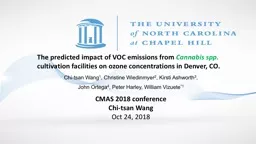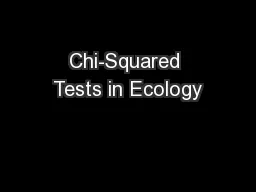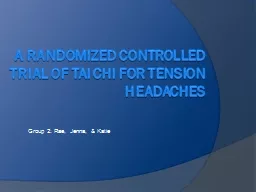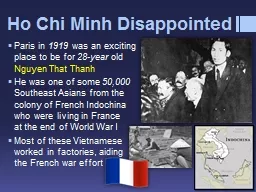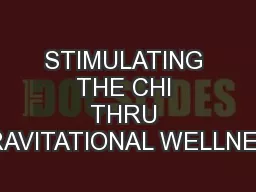PPT-CMAS 2018 conference Chi-tsan
Author : alida-meadow | Published Date : 2018-11-09
Wang Oct 24 2018 The predicted impact of VOC emissions from Cannabis spp cultivation facilities on ozone concentrations in Denver CO Chitsan Wang 1 Christine
Presentation Embed Code
Download Presentation
Download Presentation The PPT/PDF document "CMAS 2018 conference Chi-tsan" is the property of its rightful owner. Permission is granted to download and print the materials on this website for personal, non-commercial use only, and to display it on your personal computer provided you do not modify the materials and that you retain all copyright notices contained in the materials. By downloading content from our website, you accept the terms of this agreement.
CMAS 2018 conference Chi-tsan: Transcript
Download Rules Of Document
"CMAS 2018 conference Chi-tsan"The content belongs to its owner. You may download and print it for personal use, without modification, and keep all copyright notices. By downloading, you agree to these terms.
Related Documents

